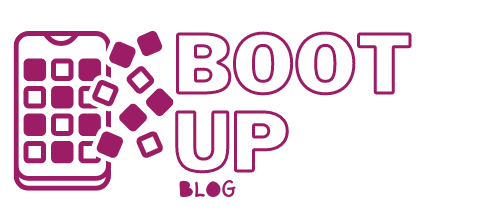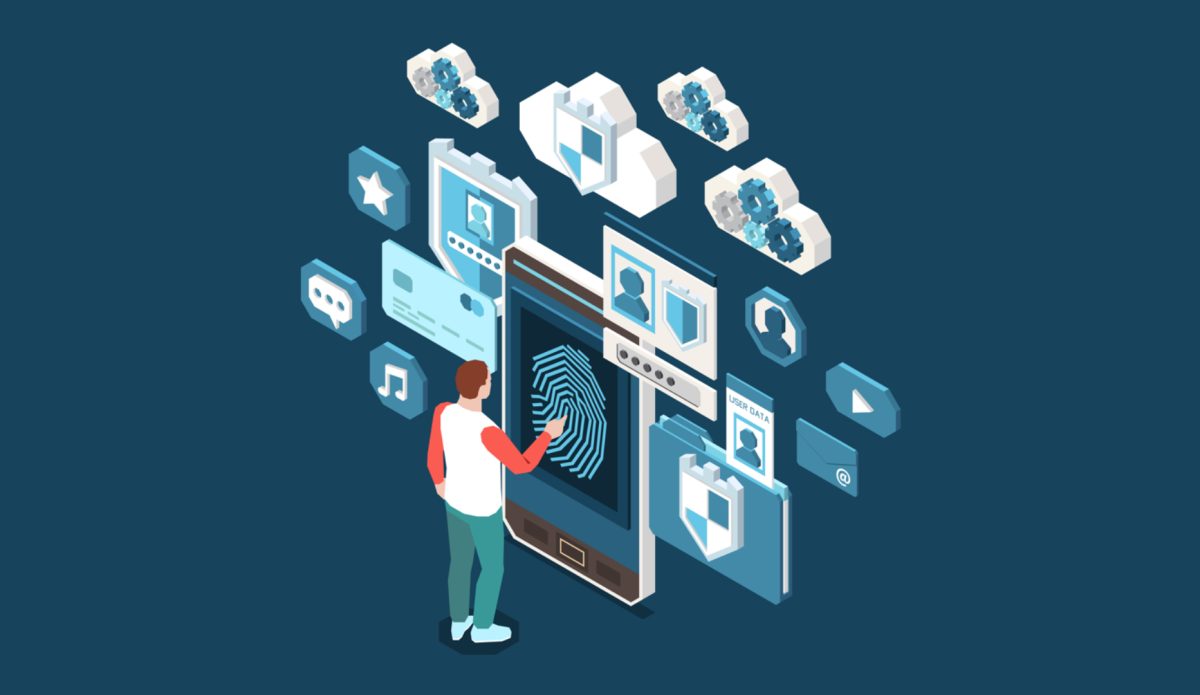In today’s rapidly evolving digital landscape, the need for robust and secure authentication methods is paramount. Biometric authentication, once the stuff of science fiction, has become an increasingly prevalent and sophisticated technology. By leveraging unique physiological and behavioral characteristics, biometric authentication offers a high level of security and convenience for users across various sectors. In this blog, we will explore the advancements in biometric authentication, its applications in different industries, and the potential challenges and opportunities it presents.
Understanding Biometric Authentication
Biometric authentication refers to the use of individual biological traits or behavioral patterns to verify a person’s identity. Common biometric identifiers include fingerprints, iris or retinal patterns, facial features, voice recognition, and even behavioral biometrics like typing patterns and gait analysis. Unlike traditional password-based methods, biometric authentication offers a highly secure and user-friendly approach, as these biological characteristics are unique to each individual.
Facial Recognition: More Than Just Unlocking Your Phone
Facial recognition is one of the most prominent and rapidly advancing biometric technologies. From unlocking smartphones to airport security, facial recognition is being employed in various applications. Advancements in artificial intelligence and machine learning have enabled facial recognition systems to identify individuals with impressive accuracy, even under challenging conditions. However, ethical concerns and privacy issues related to mass surveillance and facial data misuse are challenges that must be addressed as the technology becomes more prevalent.
Fingerprint Biometrics: Beyond Crime Scene Investigation
Fingerprint biometrics is one of the oldest and most widely used forms of biometric authentication. Its application extends far beyond crime scene investigation, as fingerprint scanners now feature in various devices, including smartphones and laptops. The development of more reliable and compact fingerprint sensors has facilitated the integration of this technology into a wide range of consumer and enterprise devices, enhancing both security and user experience.
Voice Recognition: Your Voice as Your Identity
Voice recognition has gained significant traction in recent years, as natural language processing and machine learning algorithms have improved. Voice biometrics offer a convenient means of authentication, especially for telephone banking and customer service interactions. Voice recognition systems can analyze various vocal features, including pitch, tone, and speech patterns, to verify a user’s identity. However, challenges such as voice impersonation and accuracy in noisy environments remain areas of ongoing research.
Iris and Retina Scanning: The Future of High-Security Authentication
Iris and retina scanning are among the most secure forms of biometric authentication. The patterns in the iris or retina are unique to each individual and remain stable throughout one’s lifetime. This technology is particularly suited for high-security environments, such as government facilities and data centers. As the cost of iris and retina scanning technology decreases, we can expect to see wider adoption in critical infrastructure and access control systems.
Behavioral Biometrics: Uniqueness in How You Interact
Behavioral biometrics is a fascinating area of research that focuses on the unique ways individuals interact with devices. These biometric identifiers include typing patterns, mouse movements, signature dynamics, and gait analysis. Unlike physical biometrics, which require dedicated sensors, behavioral biometrics can be captured through standard devices like smartphones and laptops. This non-intrusive approach offers an additional layer of security without requiring any extra hardware.
Biometric Applications in Healthcare
Biometric authentication is finding promising applications in the healthcare industry. From patient identification to securing electronic health records, biometrics can improve the accuracy and privacy of healthcare data. Additionally, biometric wearables and health monitoring devices are enabling patients to take a proactive role in managing their health securely.
The Role of Biometrics in Financial Services
Biometric authentication has revolutionized the financial services sector. Banks and financial institutions now employ biometric technologies for secure mobile banking, payment authentication, and fraud prevention. Biometrics not only enhance security but also simplify the user experience, making transactions quicker and more convenient.
The advancements in biometric authentication have revolutionized the way we verify identity and secure our digital interactions. As biometric technologies continue to evolve and become more widespread, the potential for enhancing security, convenience, and personalization in various industries is vast. However, it is essential to address ethical concerns and privacy issues associated with biometric data to ensure its responsible and beneficial use. The future of biometric authentication promises a world where secure identification is seamless, accessible, and uniquely tailored to each individual.

